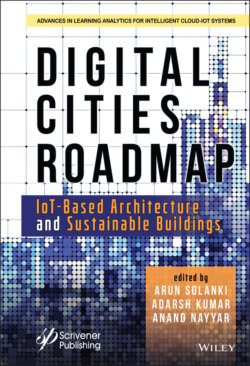Читать книгу Digital Cities Roadmap - Группа авторов - Страница 28
1.6.2 Considering and Community
ОглавлениеWe find the City of Seaside, Oregon, vulnerable to potential seismic hazards to highlight some of the ideas explored in this segment. Seaside is a coastal city with a population of 6,000 to 14,000 based on the season of the year. According to the 2010 Decades Census estimates [65], 6,440 people are dispersed across the city to different houses. The seismic risk is Mw = 70 and a 25 km southwest epicenter of the area.
Equations [66] are used to build graphs of the amplitude of the ground motion measurements across the appropriate field of research.
For each residential building on the Seaside, Figure 1.9 shows the mean injury. In Figure 1.9, Bai et al. [67] describes insignificant, moderate, weighted and complete definitions.
A logistical model predicts the likelihood of dislocation of a household [65]. The likelihood of community dislocation is estimated in Figure 1.10.
Figure 1.9 Paradigm of damage of building.
Figure 1.10 Estimation of household dislocation.
Figure 1.11 Estimation of permanent residence.
An even weaker importance in the case that an adult does not dislocate in a temporary residence (the dislocation capacity knowledge is focused on the dislocation model). Figure 1.11 indicates the probability of individuals getting access to a permanent residence.
